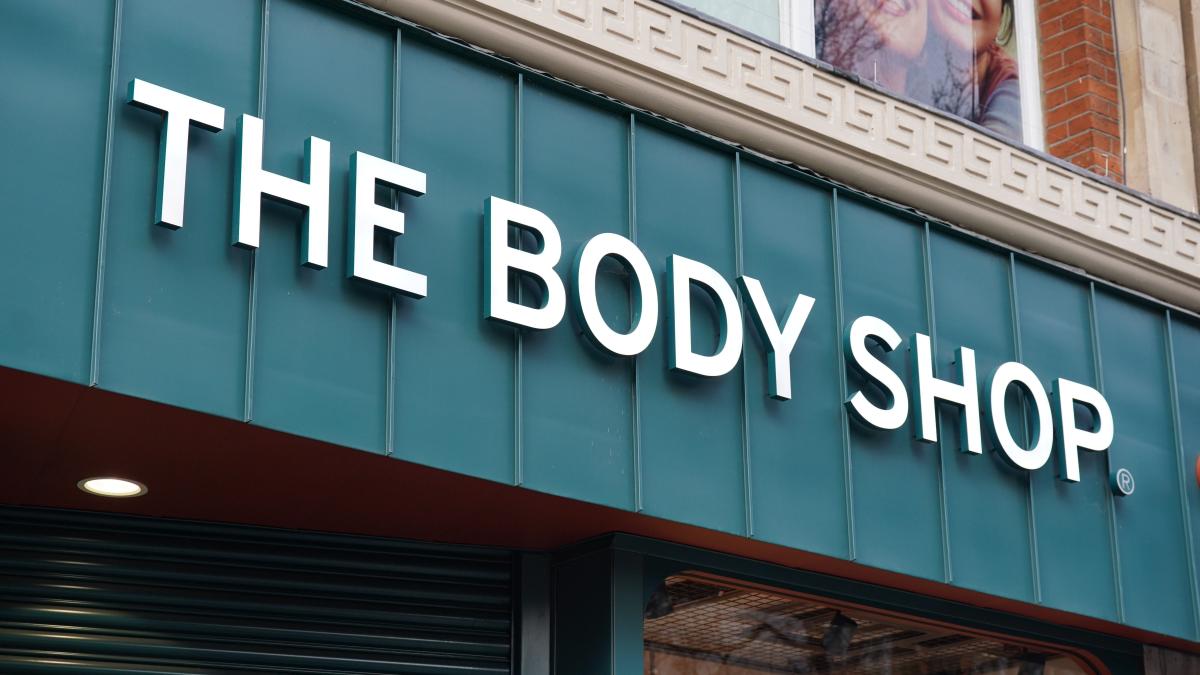Cosmetics and skin care retailer The Body Shop will close dozens of stores and cut hundreds of jobs.
The company, which employs around 2,200 people and operates 198 stores in the UK, was forced to file for bankruptcy last week in an effort to become “financially stable”.
On Tuesday, the insolvency administrators announced that they would immediately close seven branches as part of their plans to reduce almost half of the current branch portfolio.
It paints a devastating picture for the future of the company and its workforce.
Here the PA news agency examines what led to the company’s collapse and what the government might be trying to achieve with it:
– What is The Body Shop?
The Body Shop is a retailer and e-commerce company specialising in cosmetics, skincare and beauty products.
The company had 215 stores in the UK at the end of last year and 198 when it filed for bankruptcy.
In addition, the company has worldwide franchises that are not affected by the insolvency proceedings.
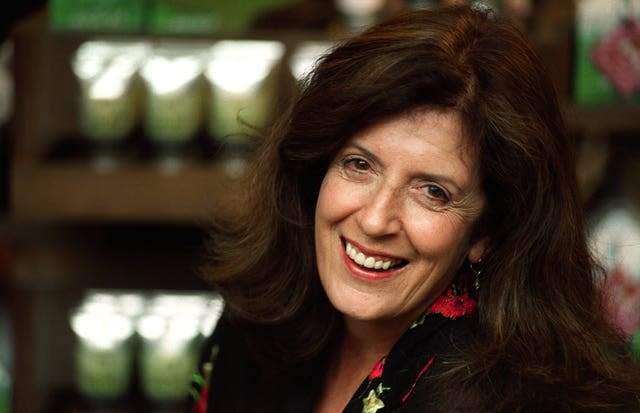

It was founded in Brighton in 1976 by Anita Roddick and her husband Gordon as one of the first companies to promote so-called ethical consumption, selling only its own ethically produced items.
– Who owned the company?
During her 30 years at the helm, Anita Roddick helped the company grow rapidly, and the company was particularly successful on the British high street in the 1980s and 1990s.
“In the 1980s, Body Shop was the go-to brand for young shoppers who spent big on fresh-smelling soaps and cosmetics, with a strong environmental consciousness and a focus on social justice and protecting the natural world,” says Susannah Streeter, Head of Finance and Markets at Hargreaves Lansdown.
As a result, the group went public on the London Stock Exchange in 1984 for £80 million.
The company continued to grow for two more decades, but Ms Roddick and Gordon, with whom she co-ran the company, came under criticism after they eventually sold the company to French industry giant L’Oréal for £652 million in 2006.
A year later, Mrs. Roddick died of a brain hemorrhage at the age of 64.
The takeover by L’Oréal saw a slight change in the company’s business model: production was relocated to the Philippines and sales were boosted through price discounts.
Following increased international expansion, the company was then bought for £880 million by Natura & Co., the Brazilian owners of Avon specialising in direct-to-consumer sales.
Six years later, the company changed hands again and was sold to German-based private equity firm Aurelius for a reduced price of £207 million.
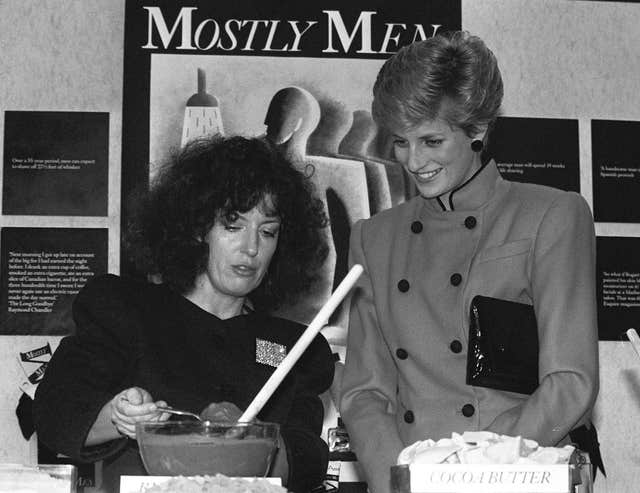

– When did financial difficulties first arise?
Under L’Oreal, the group expanded strongly but recorded slower sales growth.
Nevertheless, the company remained financially solid before it was sold to Natura & Co.
In the years that followed, the company’s profitability was increasingly affected by rampant inflation in production, pressure on consumer demand and weakness in the US markets.
As a result, the company slipped to a loss of £71 million in 2022 after its revenue fell by almost a fifth.
– Why was it so difficult?
The insolvency administrator FRP said the company had “experienced a prolonged period of financial problems under the previous owners, which coincided with a difficult trading environment for the entire retail sector”.
While there was a slowdown in consumer spending, this occurred despite growth in other parts of the sector.
According to GlobalData analyst Tash van Boxel, the company was “ahead of its time” with its initial brand identity, but in recent years it has struggled to keep up with new competitors that have increasingly differentiated themselves.
“While The Body Shop continues to uphold its ethical and cruelty-free brand values, these claims have become industry standards and weaken The Body Shop’s unique selling proposition.
“In fact, brands today not only offer products with similar promises, but they also have more on the table to attract buyers.”
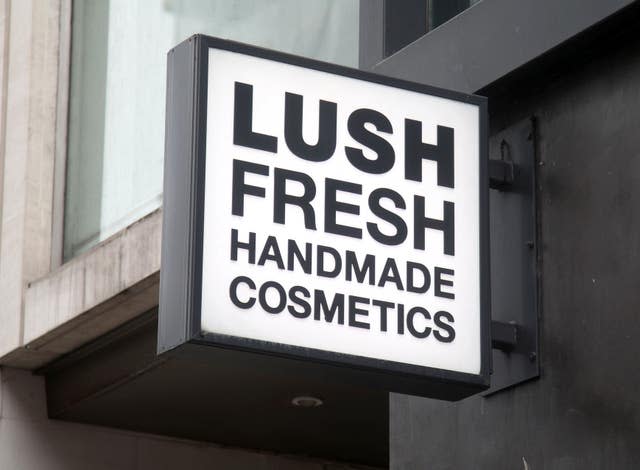

High street competitor Lush has seen strong growth in recent years thanks to its strong ethical principles and attractive products.
In addition, growth was slowed by the rapid expansion of online competitors such as The Ordinary and Sephora.
– What does the administration think?
Insolvency administrators are called in by a company as a last resort to secure funds for the company’s creditors – that is, people to whom the company owes money, such as suppliers.
FRP Advisory, a consultancy appointed last week, will review offers for different parts of the company to find the best options to save jobs and businesses, but a particular focus will be on ensuring as much money as possible is recovered and repaid to creditors.
This could result in the group being sold as a whole, being broken up and sold into parts, or only certain assets such as the brand or remaining inventory being sold, depending on demand from potential interested parties.
Jeremy Whiteson, restructuring and insolvency partner at Fladgate, said: “It is hoped that a solution can be found which will safeguard employees’ jobs.
“However, it is likely that many buyers are simply interested in the brand and inventory and are looking to move the business to an online operation or integrate it into a multi-brand retail outlet.”
-What have the administrators done so far?
After the insolvency administrators took control of the operation last week, they continued to run the group’s business as usual.
On Tuesday they confirmed plans to restructure the company to maintain its profitability.
The company announced that seven branches would be closed immediately in this context. Ultimately, however, a whole series of other branches will be closed, so that the company will only have just over half of the previous 198 branches available.
They have also announced significant cuts to operations at The Body Shop headquarters.
– What does this mean for the future of employees?
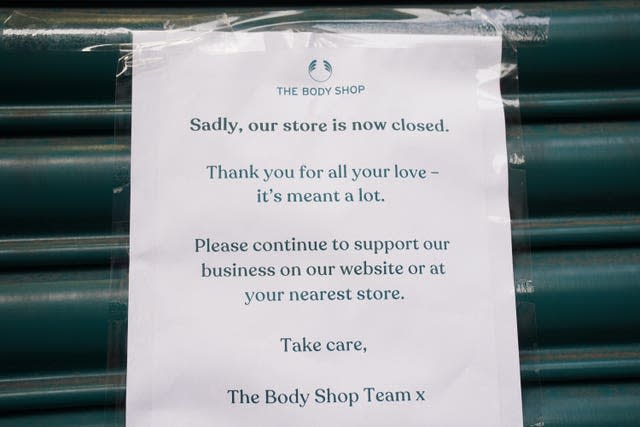

When the company was placed under receivership, it employed around 2,200 people in the UK.
It has also already been confirmed that around 270 jobs will be cut at the head office, so that the number of employees will remain at around 400.
In addition, hundreds of store employees are expected to be affected by the planned closures, but the exact number and timing of these closures are unknown.
However, administrators have stated that they will continue to operate the remaining stores as normal and will keep staff updated on the administration process.

